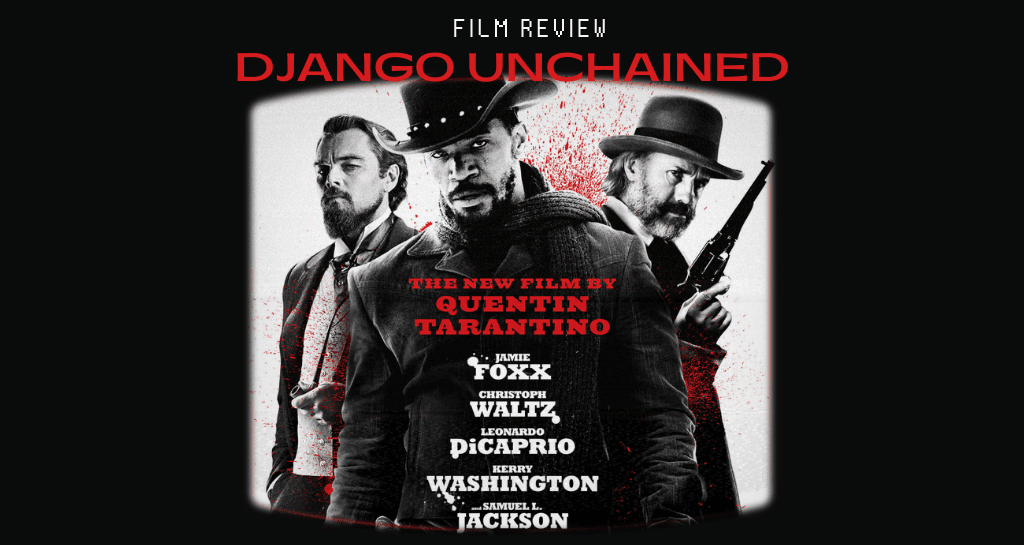
I was ’bout fourteen years old when President Lincoln set us all free in 1863. The war was still goin’ on and I’m tellin’ you right when I say that my folks and friends round me did not regard freedom as a unmixed blessin’.
–Daniel Waring, enslaved in South Carolina, interviewed in South Carolina, ca. 1937.
Today marks the 150-year anniversary of the Emancipation Proclamation. While I’m delighted that a national discussion on slavery is taking place, it appears that Quentin Tarantino’s latest film, Django Unchained, is overshadowing church “watch night” services all over the United States and events hosted by the National Archives, including a rare public viewing of the original Proclamation. To many, the connection between a contemporary spaghetti-western film and the anniversary of the Emancipation Proclamation is offensive, inappropriate, oxymoronic, and just down right wrong. Perhaps understanding the significance of this legislation in context can elevate the public dialogue and aid in our national healing.
We all know that films on historical subjects distort events for the sake of entertainment. The goal of this review is to examine this latest rendition of slavery in popular culture from a historian’s point of view to see how those distortions are used and what affect they may have on popular ideas about slavery. I am not a historian “having a hissy fit” to quote Tarantino, but I believe that using one dimensional, anachronistic characters and the preposterous plot line of an ex-slave bounty hunter, while satisfying Hollywood entertainment formulas, detract from any understanding of the actual, lived experience of bondage in US history. Whatever satisfactions may be had from Tarantino’s depiction of revenge and the reunification of loved-ones, and however violent the depiction of master-slave relations in the film, its absurdities trivialize the real violence of the slave system and everyday lives of the enslaved. And turning away from the actual history of oppression obliterates the significance of those who sacrificed their lives for African American freedom. What does this say about our sensibilities? How does one reconcile a deliberately over-simplistic impulse to satirize the nearly 300-year history of slavery, for the sake of entertainment? American slavery was full of complexity, hypocrisy, and diversity. Emancipation itself was not a straightforward process, but followed all sorts of contours, twists, and turns evident in the creative ways American slaves sought to secure their freedom.
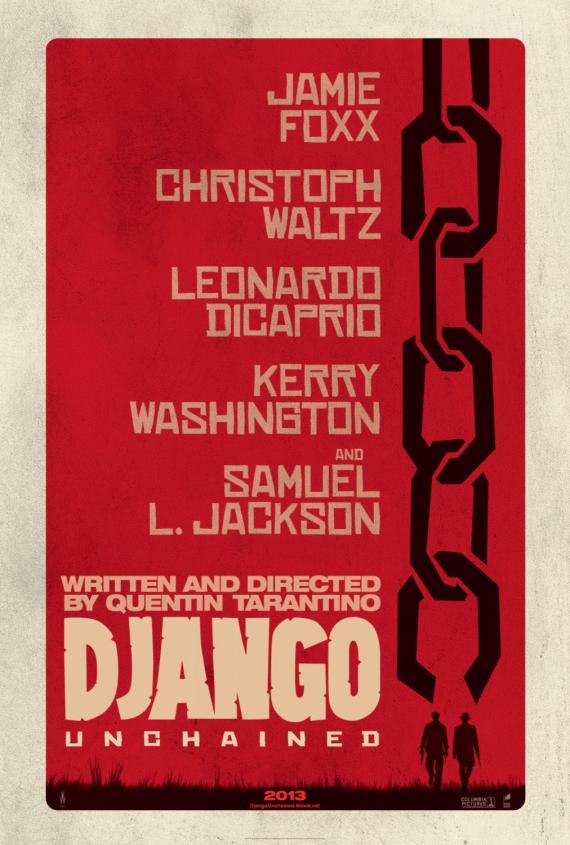
The past few months have been interesting for historians of the nineteenth century because the subjects we study are part of a contemporary dialogue. Rather than playing “script doctor” to Hollywood (to borrow from Jim Downs’ blog on Lincoln,) this is an important moment for scholars who wish to comment and participate in discussions about films based on historical topics. Yet I regard this as a mixed blessing given the thought of students entering the classroom with images of enslaved men as nineteenth-century gun slinging gangstas and black women as voiceless damsels in distress.
On September 22, 1862 President Lincoln issued the Preliminary Emancipation Proclamation which declared that “on the first day of January [1863] . . . all persons held as slaves within any State, or designated part of a State, the people whereof shall then be in rebellion against the United States shall be then, thenceforward, and forever free.” For the next 100 days northern and southerners alike anticipated the changes our nation would undergo after the pending deadline. Frederick Douglass recalls anxiously awaiting the news with a large crowd at Tremont Temple in Boston, MA:
Every moment of waiting chilled our hopes, and strengthened our fears. . . We were waiting and listening as for a bolt from the sky, which should rend the fetters of four millions of slaves; we were watching, as it were, by the dim light of the stars, for the dawn of a new day; we were longing for the answer to the agonizing prayers of centuries. Remembering those in bonds as bound with them, we wanted to join in the shout for freedom, and in the anthem of the redeemed.
In 1862 news did not travel as fast as a 140-character tweet nor could it instantly appear in the blogosphere. Instead, Douglass and his constituents waited at the church from 8 pm until after midnight and they were elated to learn from the flicker of the wires in the form of a telegraph that “. . . on this day of January 1st, 1863, the formal and solemn announcement was made that thereafter the government would be found on the side of emancipation.”
This fall, similar to the days leading to the issuing of the Emancipation Proclamation, the buzz about Quentin Tarantino’s Django Unchained filled the media anticipating its Christmas release. Spike Lee went on record noting that he did not want to disrespect his ancestors by supporting the film, perhaps thinking about Tarantino’s sensationalist treatment of the Holocaust in his previous film, Inglorious Basterds, and anticipating the same treatment of “the peculiar institution.” In fact, the press has spent more time discussing Lee’s brief remarks than they have Tarantino’s habitual and pornographic use of the N-word (even though it was used in 1858 Mississippi—we all get that!). Oprah Winfrey, Henry Louis Gates Jr., Michael Eric Dyson, Jay Leno, David Letterman, Howard Stern, and others interviewed members of the cast and the director, to promote and perhaps understand the film. They wanted to know from Jamie Foxx what it felt like to play a newly freed slave. His answer was disheartening to say the least. Rather than draw upon the eloquent statements or heroic acts of historical figures who radically tried to uproot slavery like David Walker, Gabriel Prosser, Charles Deslondes, Nat Turner, or Denmark Vesey, Foxx “wanted this s—t to be fly” so he channeled the fictitious, gun-slinging, crack dealer, Nino Brown from New Jack City (1991). The actor shared these thoughts in an interview with Brett Johnson on The Root, openly admitting that “I want to be Nino Brown” and that “we got to take some responsibility now that the movie is out, to spark education; we gotta know our history.”
Can we learn the history of slavery from a Tarantino film? The director readily admitted that he used his artistic license to create a movie that Harvard Professor Henry Louis Gates, Jr. labeled “a postmodern slave narrative Western.” To this Tarantino responded, “I’ll buy that,” but he added that the film contains “more of an entertainment value” and it is also “a thrilling adventure” in which he is committed to showing some of the brutalities of slavery.
Described by critics and supporters as a Western romance set against the backdrop of slavery, the director claims that Hollywood has virtually left the antebellum south and films about slavery untouched with the exception this not so short list including: Birth of a Nation (1915), Gone With the Wind (1933), The Legend of Nigger Charley (1972), Mandingo (1975) and more recent films such as Glory (1989), Amistad (1997), Beloved (1998), and Lincoln (2012). Beyond these Hollywood canons are independent and television films such as Roots (1977), Ganga Zumba (1963), Burn! (1969), Quilumbo (1986) and Sankofa (1993). Tarantino enters this body of work casting familiar faces such as Academy Award Winners Jamie Foxx and Christoph Waltz, as well as Leonardo DiCaprio, Samuel Jackson, and Kerry Washington. Thus, it is no surprise that Django Unchained would draw a large viewership and without these specific actors, Tarantino himself has a large following.
As a result of Tarantino’s popularity, the discussions of slavery at this historic moment are not about the impact of the Emancipation Proclamation or the meaning of freedom. Instead, the current buzz centers on Tarantino’s fanatical love story of a black superhero who channels a crack dealer to get his girl . . . “It’s me baby,” says Django upon his “heroic” rescue. This romanticized framing of gender roles flies in the face of scholarship by historians such as Deborah Gray White. From White and others, we learn that slavery created a different set of gender roles where strength is evident in both men and women. One might even argue that a more accurate portrayal of this western slave romance would involve an enslaved woman going to great lengths to help her man out of slavery. One such historical woman had a Biblical male nickname (Moses), carried a gun, and her “husband” refused to join her. The true story of Celia, another enslaved woman who took matters into her own hands, clubbed her enslaver after years of sexual abuse, burned his corpse, and then buried his remains on the plantation. Do not mistake these examples as endorsement for emasculating black men; instead, consider them as incentives for moviegoers to travel beyond the one-dimensional characters reflected in this film. Enslaved women were not props on a stage, swinging on swings, idly watching another sister being whipped, nor were they damsels in distress waiting for men to save them.
Ironically, the film opens in Texas in 1858 “two years before the Civil War,” (the war began in 1861), with Dr. King Shultz (Waltz), a “bounty hunter,” interrupting a slave coffle to “purchase” Django (Foxx). Given the history of Texas emancipation, this is indeed an interesting starting point. Texas bond people did not know they were free until June 1865 nearly two and a half years after the Emancipation Proclamation, a date still commemorated in Texas in annual Juneteenth celebrations. Schultz needed Django to help him find a family of slave traders for his next job. Since Django knew the notorious men and wanted to locate his “wife,” (in bondage, enslaved people’s marital relationships were not legally sanctioned,) he agreed to partner with Schultz in exchange for freedom and a portion of the bounty. The majority of the film documents the duo’s killing spree throughout Texas and into Mississippi leading them to Candyland, a plantation owned by Calvin Candie (DiCaprio). This is where we meet Broomhilda, Django’s “wife” (Washington), because up to this point viewers only know her through a series of Django’s flashbacks. We also meet Stephen (Jackson) at Candyland, who resurrects the most despised “Uncle Tom” character on screen or stage today. Stephen is the quintessential snitch who unravels Django’s and Shultz’s plan. Some reviewers embrace Django’s “justice” reveling that, in the end, the guy gets the girl and that “bad” men and women are blown to pieces. Yes, enslaved men and women tried to reunite upon separation, but the killing sprees depicted in this film would have been met with physical, legal, and psychological sanctions. One only has to turn to the enslaved experiences of Celia, Margaret Garner, Nat Turner, and Dred Scott to illustrate this point.
Former slaves such as Daniel Waring experienced freedom as a mixed blessing. People like Douglass, Waring, Elizabeth Keckley, Harriet Jacobs and countless and nameless others witnessed horrific scenes: nursing babes being torn from mothers’ breast; fathers burned alive; mothers gang raped or having their pregnant bellies placed in shallow trenches to protect their fetus during beatings. Yes, these scenes are difficult to imagine and even more difficult to convey using the historian’s pen or the filmmaker’s lens, but they occurred in our history. The horrors of slavery do appear in Django Unchained — whippings, auctions, and family separation — yet most are depicted in the form of “flashbacks” from a freed slave. In many ways, this creates an even greater space between the audience and the reality serving as a way for the director to regain his viewers after difficult imagery.
In addition to the visual representations, Tarantino’s selection of music undermines the realities of nineteenth-century culture, which at that time would have included spirituals–a genre that attempted to capture the sorrow, sadness, and pain of the antebellum era. Instead, Tarantino creates an anachronistic moment with the soundtrack by allowing the audience to escape the past and experience the film through the eyes of the present. This tactic lightens the mood to the entertaining flair he falls back upon and blurs the line between past and present. The music also facilitated Foxx’s character as a gangsta while at the same time highlighted his modern verbal swagger in an effort to appeal to members of the Hip Hop, X and Y generations.
Like the Emancipation Proclamation, the appearance of this film at this time is also a mixed blessing. On the one hand, we have a major motion picture that touches on slavery, but by prioritizing entertainment over education it trivializes the suffering of four million slaves who became legally free in 1865 with the passage of the 13th Amendment. One hundred and fifty years ago today, enslaved people in Confederate occupied regions were supposed to receive their freedom. But we know that this did not happen. Frederick Douglass described the period following the Emancipation Proclamation as “one marked by discriminations and reservations” against blacks. He believed that this five-page document was “moderate, cautious, and guarded” even if, “it created a howl of indignation and wrath amongst the rebels and their allies.” Looking at those affected by the Emancipation Proclamation, we have few stories if any, of lone enslaved men teaming up with white “bounty hunters” to reunite with their enslaved wives. The public interest in a wildly popular director’s well-known penchant for depicting violence and revenge, and applying his formulas to the historical subject of slavery, inevitably effects the popular memory of slavery and begs the question: Should Tarantino’s exercise in counterfactual history make us feel good? Who wouldn’t want to see victims of enslavement embrace their power? Yet how do we rectify the “Mandingo” fighting and dog-mauling scenes with the blessing(s) of freedom? Tarantino’s uses fiction, humor, and exaggeration to rectify this contrast.
Tarantino clearly acknowledges that a film on slavery will not generate a comfortable dialogue—it’s not supposed to. But in an effort to redirect our conversation and reflect on the current historic moment, I encourage filmgoers to shift their gaze back to the history of slavery and the Emancipation Proclamation, a document written as a decree to force the Confederate States to return to the Union. Take a moment to learn about Lincoln, the “Great Emancipator,” whose primary goal was to preserve the Union. Imagine the antebellum south and the diversity of slavery from the recollections of former slaves, fugitive slave narratives, and plantation records. Although it’s not a “fun history” full of triumphs like Django Unchained depicts, hearing the words of actual slaves may help a twenty-first-century audience imagine the experiences of life in bondage.
More on the Emancipation Proclamation on Not Even Past:
George Forgie, “Work Left Undone: Emancipation was not Abolition”
Jacqueline Jones, “The Emancipation Proclamation reaches Savannah”
Laurie Green, “1863 in 1963”
Nicholas Roland on Spielberg’s Lincoln
Daina Ramey Berry “Let the Enslaved Testify“
Further Reading:
John Blassingame, Slave Testimony: Two Century of Letters, Speeches, Interviews and Autobiographies (1977).
William L. Andrews, and Henry Louis Gates, Jr. Slave Narratives (2000).
Deborah Gray White, Ar’n’t I a Woman?: Female Slaves in the Plantation South (1999, 1985).
Deborah Willis and Barbara Krauthamer, Envisioning Emancipation: Black Americans and the End of Slavery (2012).
Heather Williams, Help Me to Find My People: The African American Search for Family Lost in Slavery (2012).
James Downs, “Our Lincoln Our Selves: Rethinking Slavery and Abolition” Huffington Post Blog (12/12/12)
Selected Links:
Celia a Slave, The Trial (1855)
Digital Library of American Slavery
Documenting the American South
Frederick Douglass, Life and Times of Frederick Douglass
Born in Slavery: Library of Congress
Voices from the Days of Slavery: Library of Congress
Theodore Dwight Weld, American Slavery As It Is: Testimony of a Thousand Witnesses

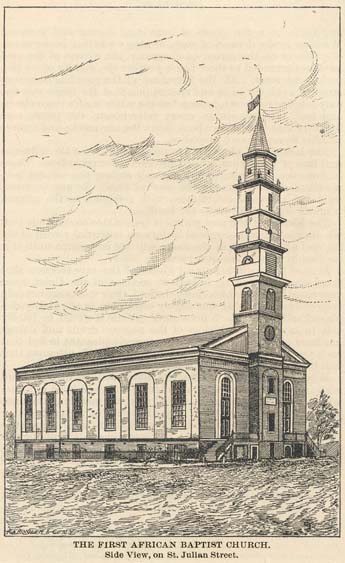

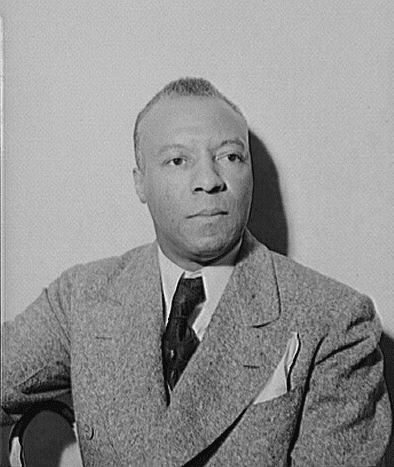 FDR did not end segregation in the military, but at the eleventh hour he ordered a ban on racial inequality in defense jobs. And yet the order only addressed wartime circumstances; the Fair Employment Practices Committee he established lasted only until the end of the war.
FDR did not end segregation in the military, but at the eleventh hour he ordered a ban on racial inequality in defense jobs. And yet the order only addressed wartime circumstances; the Fair Employment Practices Committee he established lasted only until the end of the war.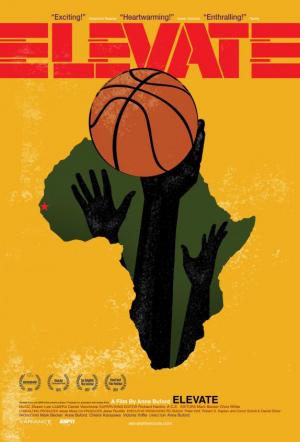 we witness the trials and tribulations of urban youths trying to move beyond the difficulties that they face in their daily lives in Senegal. The documentary begins at the SEEDS Academy, the project of Amadou Gallo Fall, a personnel director for the Dallas Mavericks. Essentially, the SEEDS Academy is described as an attempt to create a boarding school for Senegalese youths to hone their basketball and academic skills and eventually (hopefully) receive a scholarship to play basketball at a prestigious prep school in the US. Beyond this, each of the young Senegalese students profiled in the ESPN funded documentary hope to play college basketball and eventually make their way to the NBA.
we witness the trials and tribulations of urban youths trying to move beyond the difficulties that they face in their daily lives in Senegal. The documentary begins at the SEEDS Academy, the project of Amadou Gallo Fall, a personnel director for the Dallas Mavericks. Essentially, the SEEDS Academy is described as an attempt to create a boarding school for Senegalese youths to hone their basketball and academic skills and eventually (hopefully) receive a scholarship to play basketball at a prestigious prep school in the US. Beyond this, each of the young Senegalese students profiled in the ESPN funded documentary hope to play college basketball and eventually make their way to the NBA. the fact that these students primarily speak French. Some of the most intriguing moments in the documentary involve issues of religion and alienation in the new environments that surround these young students. Both Assane and Aziz are Muslim and it is evident that in both of their respective schools, practicing Islam is not well understood by their peers. This is particularly poignant in a dining hall conversation that Aziz has with one of his schoolmates who knew little about Ramadan, but was curious why Aziz was abstaining from eating during their mealtime. We later see Aziz breaking fast alone in his dorm room. Buford also captures a sense of Assane’s religious isolation in her juxtaposition of school-wide church services in the religiously-affiliated prep academy and his solitary prayer sessions in his dorm room. Despite these difficulties, at one point, Dethie lands a position at the same school as Assane. As a result, Assane is able to guide him through such a large cultural, physical, and mental transition. In the end, we are left with a bittersweet message of hope. All of the students in the documentary continued their education in the United States and played basketball at the college level at schools ranging from Carroll College in Montana to the University of Virginia where Assane was a starting center.
the fact that these students primarily speak French. Some of the most intriguing moments in the documentary involve issues of religion and alienation in the new environments that surround these young students. Both Assane and Aziz are Muslim and it is evident that in both of their respective schools, practicing Islam is not well understood by their peers. This is particularly poignant in a dining hall conversation that Aziz has with one of his schoolmates who knew little about Ramadan, but was curious why Aziz was abstaining from eating during their mealtime. We later see Aziz breaking fast alone in his dorm room. Buford also captures a sense of Assane’s religious isolation in her juxtaposition of school-wide church services in the religiously-affiliated prep academy and his solitary prayer sessions in his dorm room. Despite these difficulties, at one point, Dethie lands a position at the same school as Assane. As a result, Assane is able to guide him through such a large cultural, physical, and mental transition. In the end, we are left with a bittersweet message of hope. All of the students in the documentary continued their education in the United States and played basketball at the college level at schools ranging from Carroll College in Montana to the University of Virginia where Assane was a starting center.
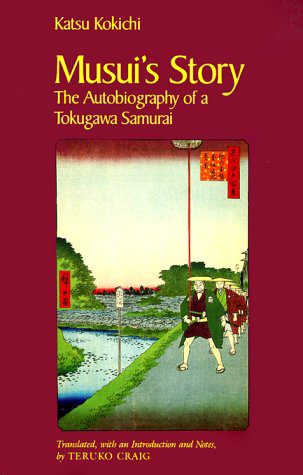
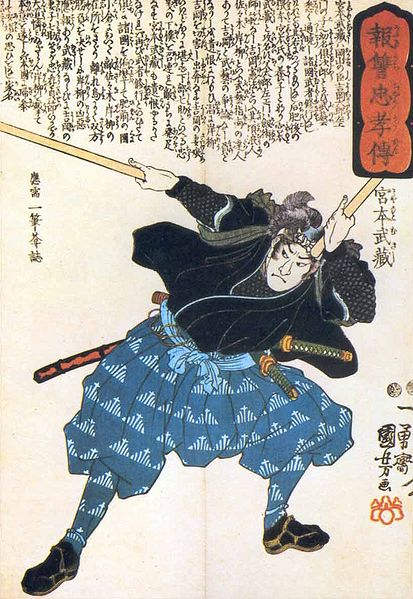

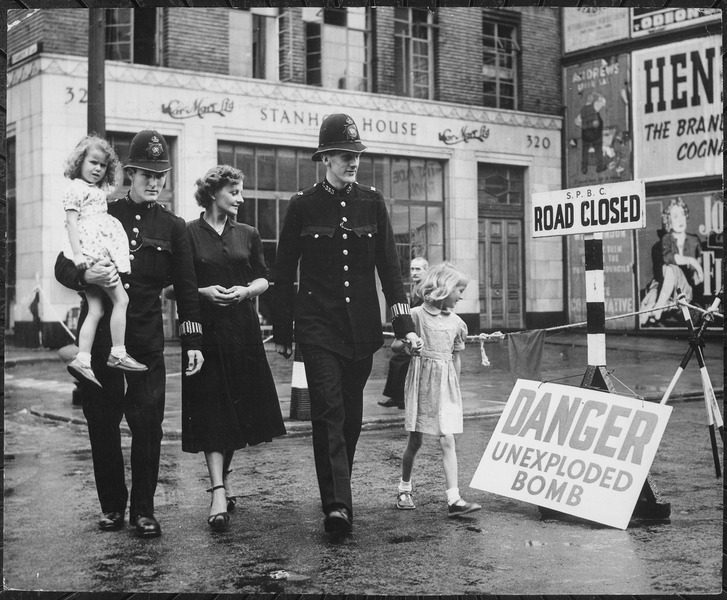
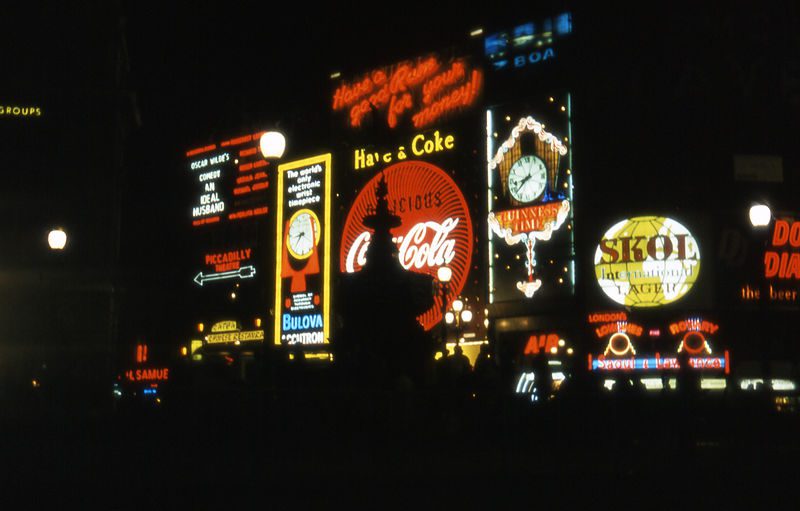
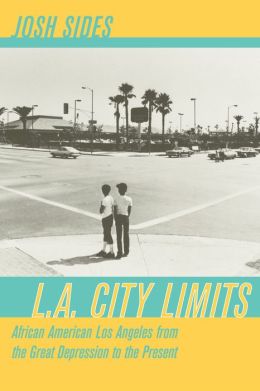
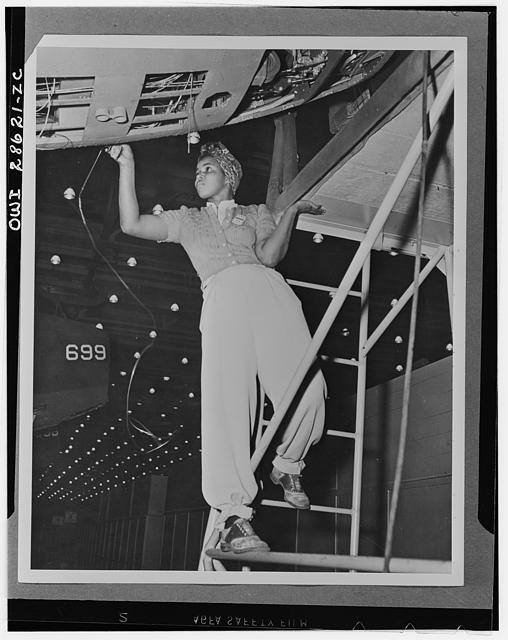
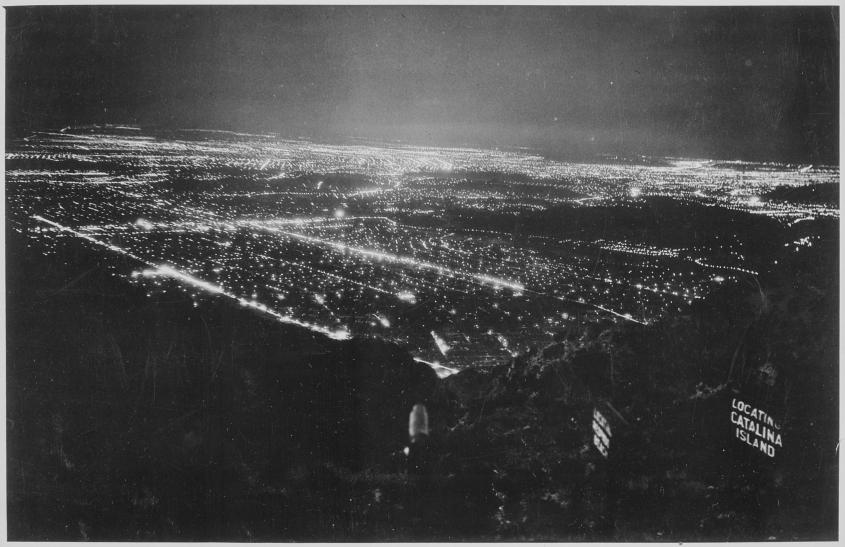
 semi-animated sequence that explains American involvement in Iran following the 1953 CIA-orchestrated coup that deposed democratically elected Prime Minister Mohammad Mossadegh in favor of Shah Muhammad Reza Pahlavi.
semi-animated sequence that explains American involvement in Iran following the 1953 CIA-orchestrated coup that deposed democratically elected Prime Minister Mohammad Mossadegh in favor of Shah Muhammad Reza Pahlavi.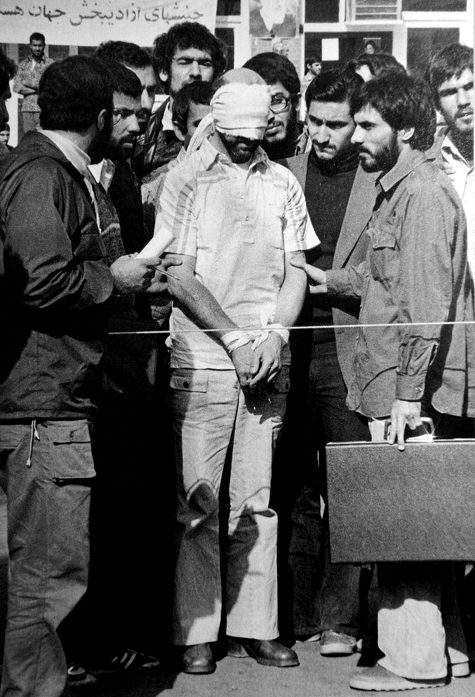 by a mob that took the embassy employees hostage. Initially, hopes were that Khomeini’s government would step in and release the hostages, as they had done previously, when the embassy was breached during the previous summer, but government officials instead sanctioned the hostage taking. The embassy employees would eventually be held in captivity for 444 days. The Iranian government agreed to release them on January 20, 1981—inauguration day in the U.S.—and held their plane on the tarmac at Tehran’s Mehrabad Airport until after Ronald Reagan had been sworn in as president. This was perceived as a final snub to outgoing president Jimmy Carter, who had stood beside the Shah in Tehran just three years earlier and proclaimed Iran “an island of stability in the Middle East.”
by a mob that took the embassy employees hostage. Initially, hopes were that Khomeini’s government would step in and release the hostages, as they had done previously, when the embassy was breached during the previous summer, but government officials instead sanctioned the hostage taking. The embassy employees would eventually be held in captivity for 444 days. The Iranian government agreed to release them on January 20, 1981—inauguration day in the U.S.—and held their plane on the tarmac at Tehran’s Mehrabad Airport until after Ronald Reagan had been sworn in as president. This was perceived as a final snub to outgoing president Jimmy Carter, who had stood beside the Shah in Tehran just three years earlier and proclaimed Iran “an island of stability in the Middle East.” intelligence officials who uncover the true identity of the “film crew” just as they prepare to board the plane, an unnecessary assault against a female gate agent who lacks the keys to reopen the gate once the plane is ready for departure, and an over the top chase scene involving revolutionary guards in late 1970s Chevrolets who manage to keep pace with a 747 thrusting down the runway for takeoff.
intelligence officials who uncover the true identity of the “film crew” just as they prepare to board the plane, an unnecessary assault against a female gate agent who lacks the keys to reopen the gate once the plane is ready for departure, and an over the top chase scene involving revolutionary guards in late 1970s Chevrolets who manage to keep pace with a 747 thrusting down the runway for takeoff. 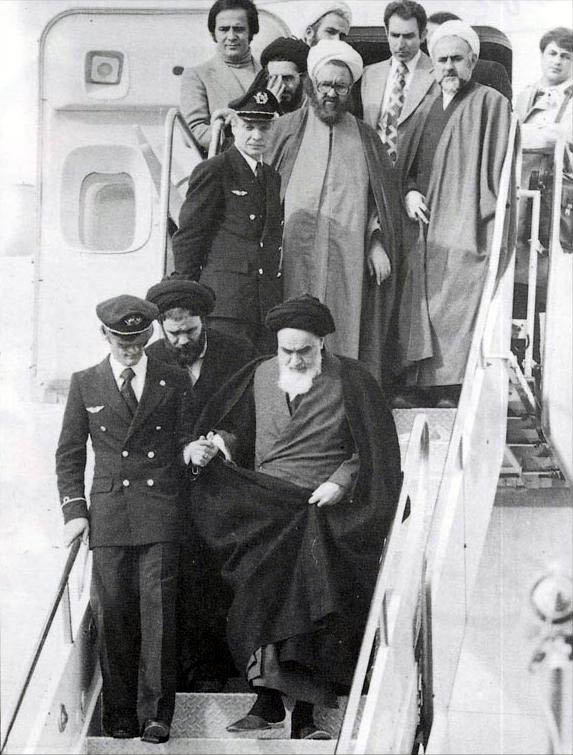 character in the film rises above the level of caricature, Sahar (Sheila Vand), the Taylor’s housekeeper. Her discomfort with the presence of the Americans in the household is eventually outweighed by her discomfort with the local komiteh—the ubiquitous neighborhood “committees” that sprang up after the Revolution to police the capital block by block—who become suspicious of the ambassador’s long-term “guests.” Sahar is eventually shown fleeing to neighboring Iraq, but it’s never quite explained why she needs to flee and what the repercussions of her remaining in Iran would have been. The scene is, instead, played tongue in cheek, meant to encourage audiences to roll their eyes at the thought of Iraq representing “safety.”
character in the film rises above the level of caricature, Sahar (Sheila Vand), the Taylor’s housekeeper. Her discomfort with the presence of the Americans in the household is eventually outweighed by her discomfort with the local komiteh—the ubiquitous neighborhood “committees” that sprang up after the Revolution to police the capital block by block—who become suspicious of the ambassador’s long-term “guests.” Sahar is eventually shown fleeing to neighboring Iraq, but it’s never quite explained why she needs to flee and what the repercussions of her remaining in Iran would have been. The scene is, instead, played tongue in cheek, meant to encourage audiences to roll their eyes at the thought of Iraq representing “safety.”